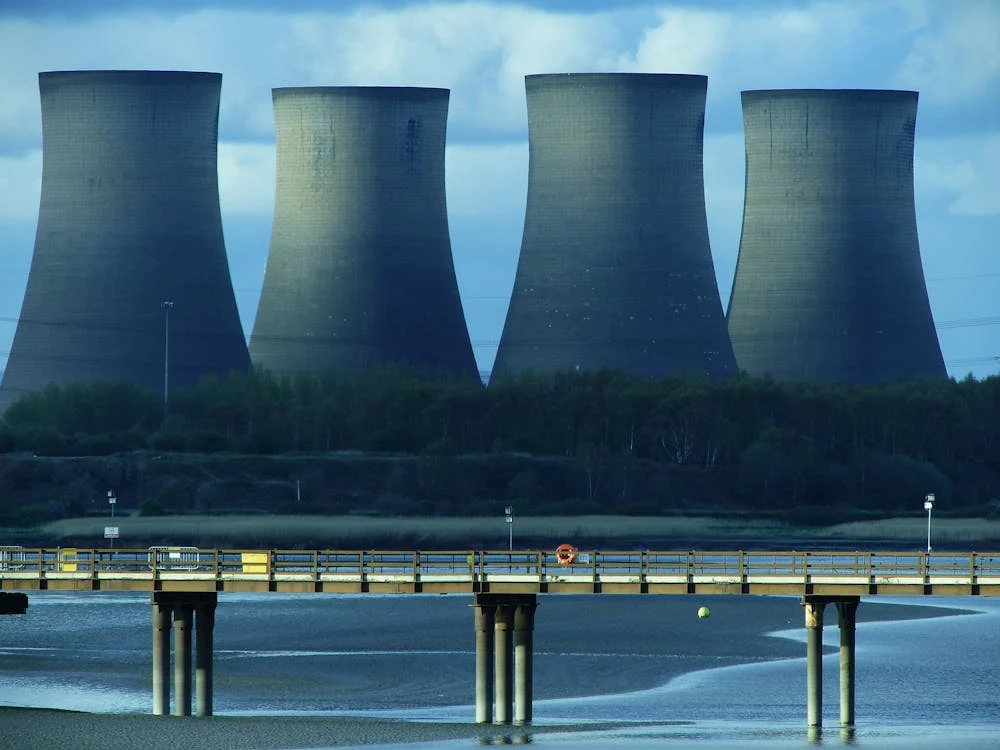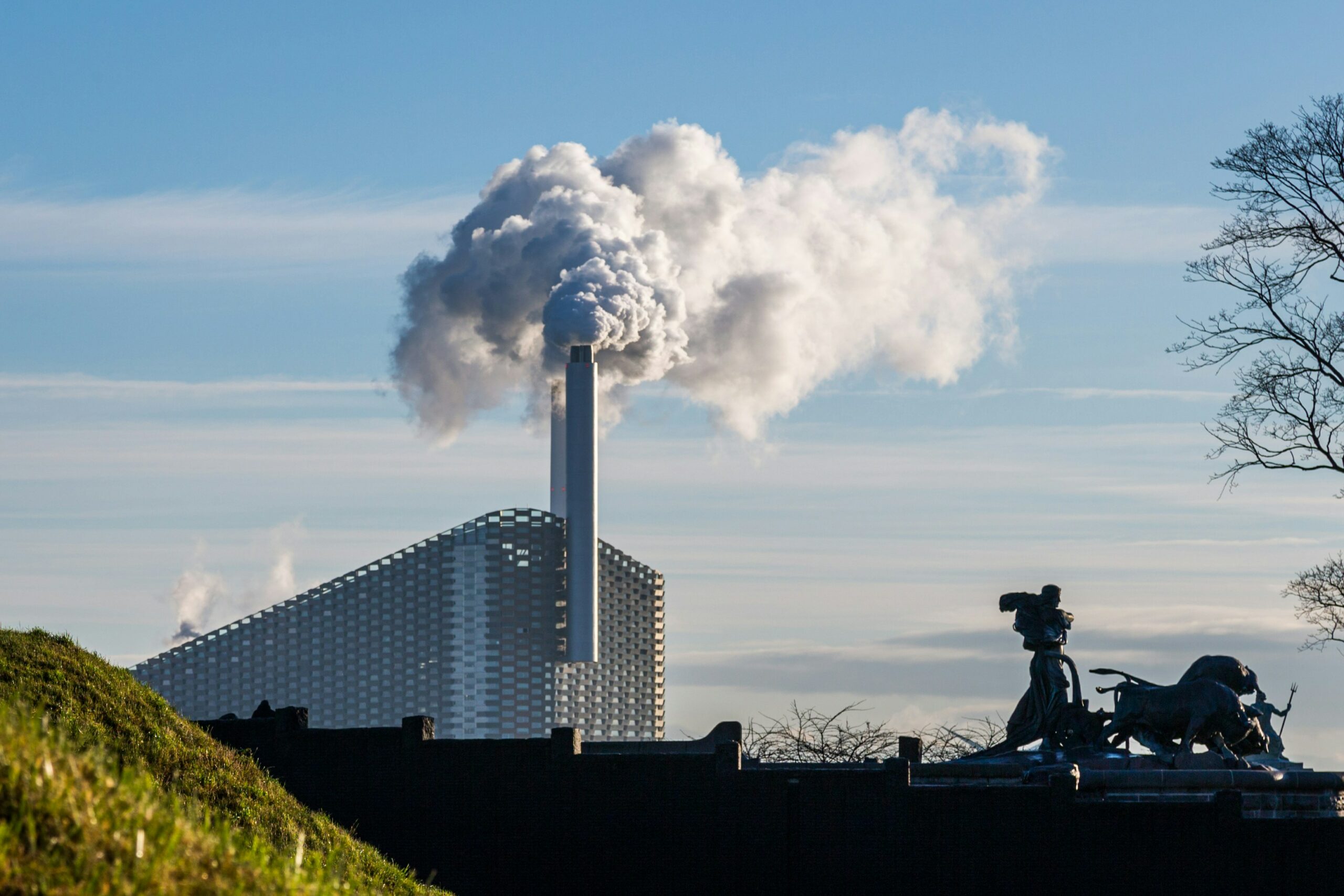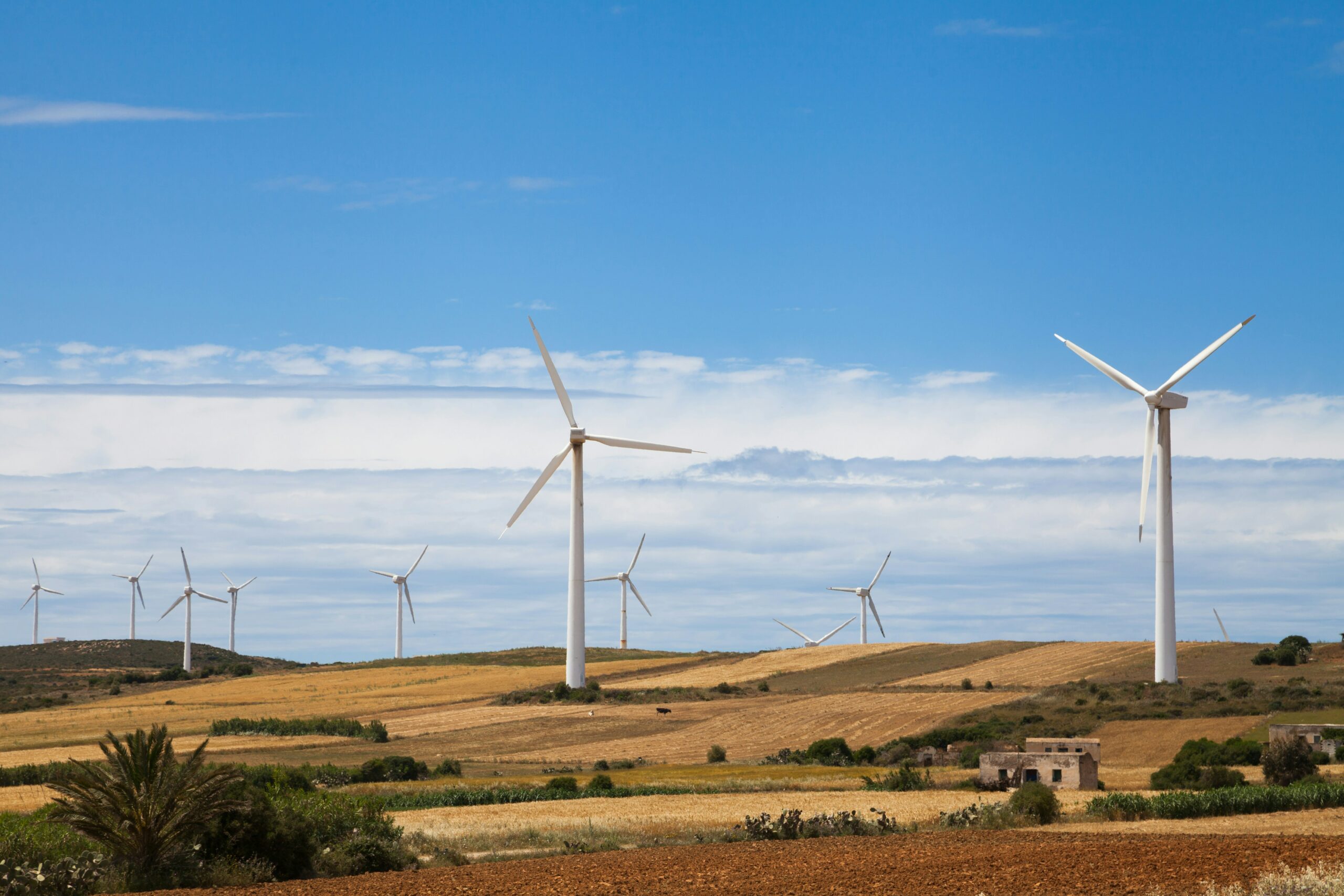Confidence in nuclear energy is seeing a remarkable boom in recent months, as the world ramps up its energy use in a frenzied bid to decarbonize, and alternative energies are increasingly prioritized by governments and companies.
Just last week, major technology firms Google, Meta, Amazon, as well as Dow, Lloyd’s Register, Siemens Energy, Bureau Veritas, and the Clean Energy Buyers Alliance, among others, signed a pledge penned by the World Nuclear Association (WNA), to advocate for a tripling of nuclear energy by 2050, proving that nuclear energy is the future.
The Resurgence of Nuclear Energy
Nuclear energy currently provides 9.2 percent of the world’s electricity generation, as of 2022, according to statistics from the WNA.
Signatories to the pledge, congregated at the global energy conference CERAWeek in Houston, vowed to advocate governments to provide equal investment in nuclear energy projects, which would facilitate global deployment of nuclear power. The pledge also underlined that nuclear can play a role in several processes, including high-temperature industrial processes, hydrogen production, district heating, and synthetic fuel generation.

Nuclear energy “is the only way we’ll deliver the abundant firm clean energy required to power growth and innovation in technology,” WNA’s Director General Sama Bilbao y Leon said.
Also at CERAWeek, nuclear company, TerraPower said is looking to expand operations from its construction of its small modular reactors (SMRs) in Wyoming, to developing nuclear plants in Texas, Reuters reported.
The southern state is looking to attract companies to build nuclear reactors, and meet Texas’ growing energy demand needs. Texas A&M University last month said it would donate some of its land to facilitate nuclear reactor projects.
The Canadian government recently announced C$450 million in new subsidies for nuclear projects, loaning C$304 million to AtkinsRéalis, formerly SNC Lavalin, to fund the development and modernization of a new Canadian nuclear reactor. Canada will also spend C$55 million on the Future Electricity Fund, a part of the federal ministry Environment and Climate Change. This fund will funnel the money to Ontario Power Generation’s Darlington New Nuclear Project to build three SMRs.
Additional funding will be put towards developing SMRs in Saskatchewan, as well as for creating guidelines and standards for SMR use.
Nuclear backers are feeling confident and bullish, with stocks led by nuclear developer Talen Energy leading all nuclear-related gains on the stock market. Talen’s stocks jumped 12.8%, while other nuclear energy stocks saw smaller gains, with Vistra’s stock price jumping 6.6% and Constellation Energy increasing by 3.3% on March 11.
3 Unresolved Nuclear Energy Questions
There is no question that energy demand will increase substantially in the coming decades, from the proliferation to data centres, the increased use of generative AI, and the electrification of homes and transport systems worldwide.
Nuclear energy has plenty of positives: emission-free generation, and long lifespans of projects.
However, there are three aspects which have still not yet been resolved satisfactorily, that would allow for easy ramp-up and installation.
The Cost of Nuclear Energy Implementation
Engineering, building, and operating a nuclear power plant is still no smooth sailing, despite the decades of experience the world has in using this form of power. The Hinkley Point C nuclear plant, in the UK, is a key example. Originally slated to cost £18 billion when first proposed in 2016, the cost has now ballooned to £31 to £35 billion, due to increased civil engineering costs.
Even France, which derives approximately 70% of its energy from nuclear energy and has been operating plants since the 1960s, fares no better with the economic impacts of nuclear energy. A massive state-run project to build six new nuclear reactors was initially expected to cost €51.7 billion in February 2022, and costs have now climbed to €67.4 billion.
The Time Needed To Construct a Nuclear Plant
Getting nuclear projects up and running is still a monumental project, and can occasionally drag on for decades. A recent report from S&P Global Commodity Insights indicated that in the U.S. alone, power demands in the next decade are likely to outstrip power supply.
Hinkley Point, when first launched in 2016, was expected to come online by 2025; project leader EDF now estimates the project could be delayed to as late as 2031. France’s first new nuclear reactor isn’t expected to come online until at least 2035.
Turnaround for nuclear projects varies. The U.S. Department of Energy estimates construction could take at least 5 years, while global nuclear projects coming online in 2023 had an average construction time of 121 months, or approximately 10 years.
Nuclear Waste Disposal
Nuclear waste is still a monumental problem, which is stubbornly difficult to solve. Nuclear researchers have largely agreed that deep geological disposal is the best option for protecting current and future populations near the waste site from the deleterious impacts of radioactive material, which can remain dangerous for tens of thousands of years.
Finland is in the process of building the first underground nuclear waste repository on Olkiluto Island, where three reactors currently operate. The repository, called Onkalo, is 450 meters below surface, and has cost €1 billion to develop.
While deep repositories appears to be the solution (for now) for managing dangerous waste in perpetuity, there are other options as well. Vitrification – the process turning waste to a stable, durable form such as glass – as well as vertical boreholes, currently investigated by Norway. However, each of these approaches have potential downsides, and it is not clear that local populations would suffer no ill effects from nuclear effects, looking centuries in advance.
New technologies are being developed – such as Moltex Energy’s process to neutralize radioactivity in nuclear waste within a 24-hour period, speeding up processes already used by France to manage its nuclear waste. But this technology is still in pilot form, and nuclear operations still need to rely on deep repositories for the moment.
To Conclude
Nuclear energy is still carbon emission-free, but proponents will need to present real solutions to these pressing issues in order to secure more widespread backing for expansion of nuclear power.
Visit our website for similar articles.








